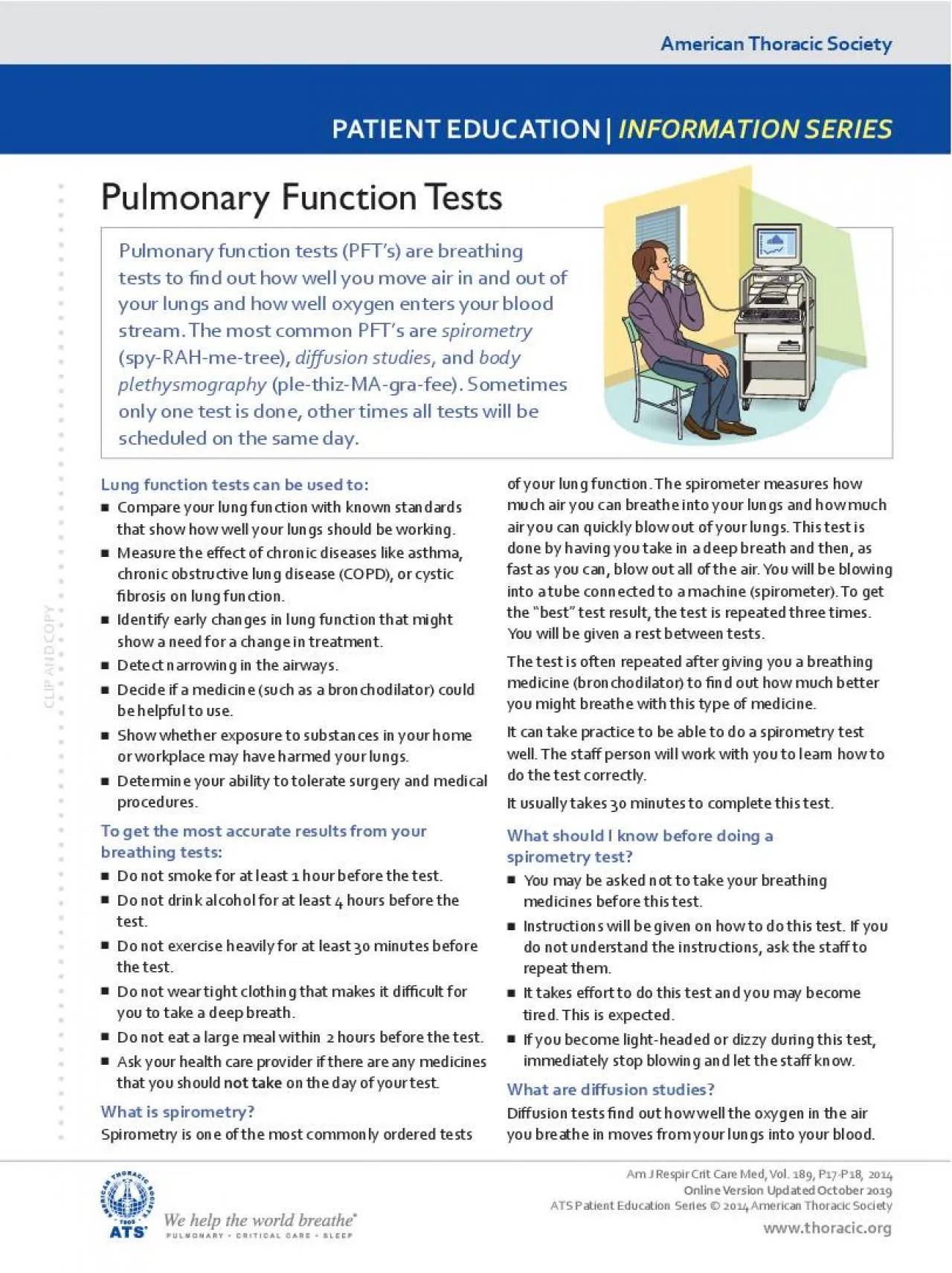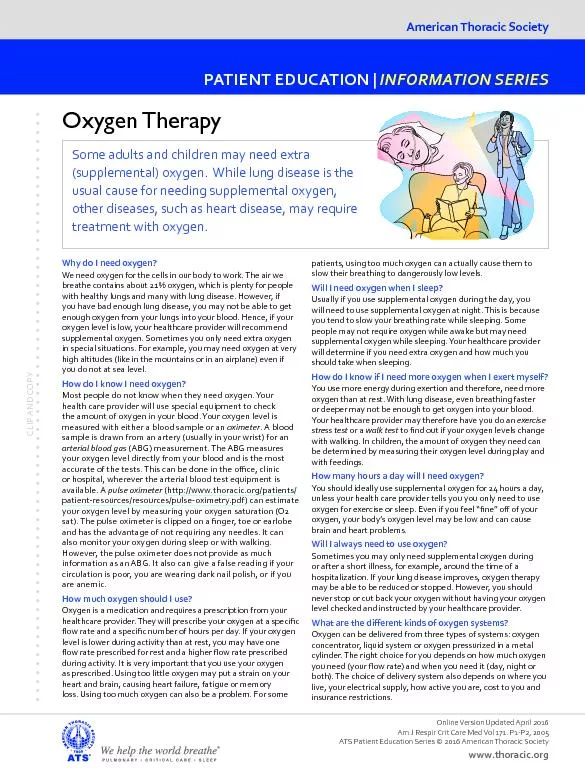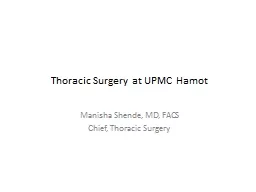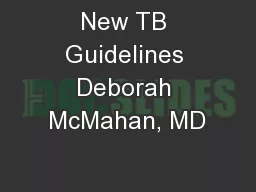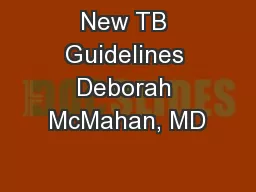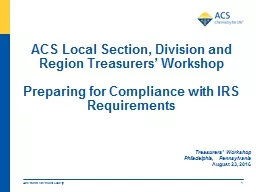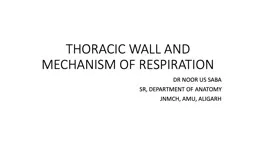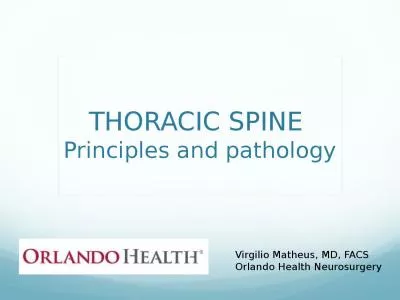PDF-American Thoracic Society
Author : berey | Published Date : 2021-10-06
PATIENT EDUCATION INFORMATIONSERIESCLIP AND COPYthat show how well your lungs should be workingMeasure the ex00660066ect of chronic diseases like asthma chronic
Presentation Embed Code
Download Presentation
Download Presentation The PPT/PDF document "American Thoracic Society" is the property of its rightful owner. Permission is granted to download and print the materials on this website for personal, non-commercial use only, and to display it on your personal computer provided you do not modify the materials and that you retain all copyright notices contained in the materials. By downloading content from our website, you accept the terms of this agreement.
American Thoracic Society: Transcript
Download Rules Of Document
"American Thoracic Society"The content belongs to its owner. You may download and print it for personal use, without modification, and keep all copyright notices. By downloading, you agree to these terms.
Related Documents

